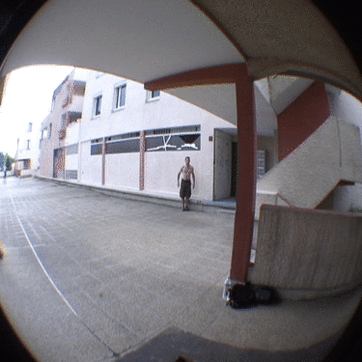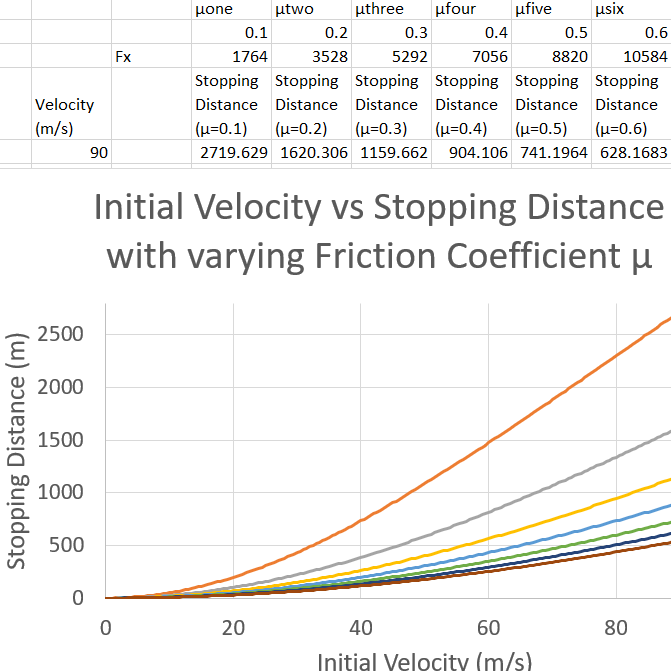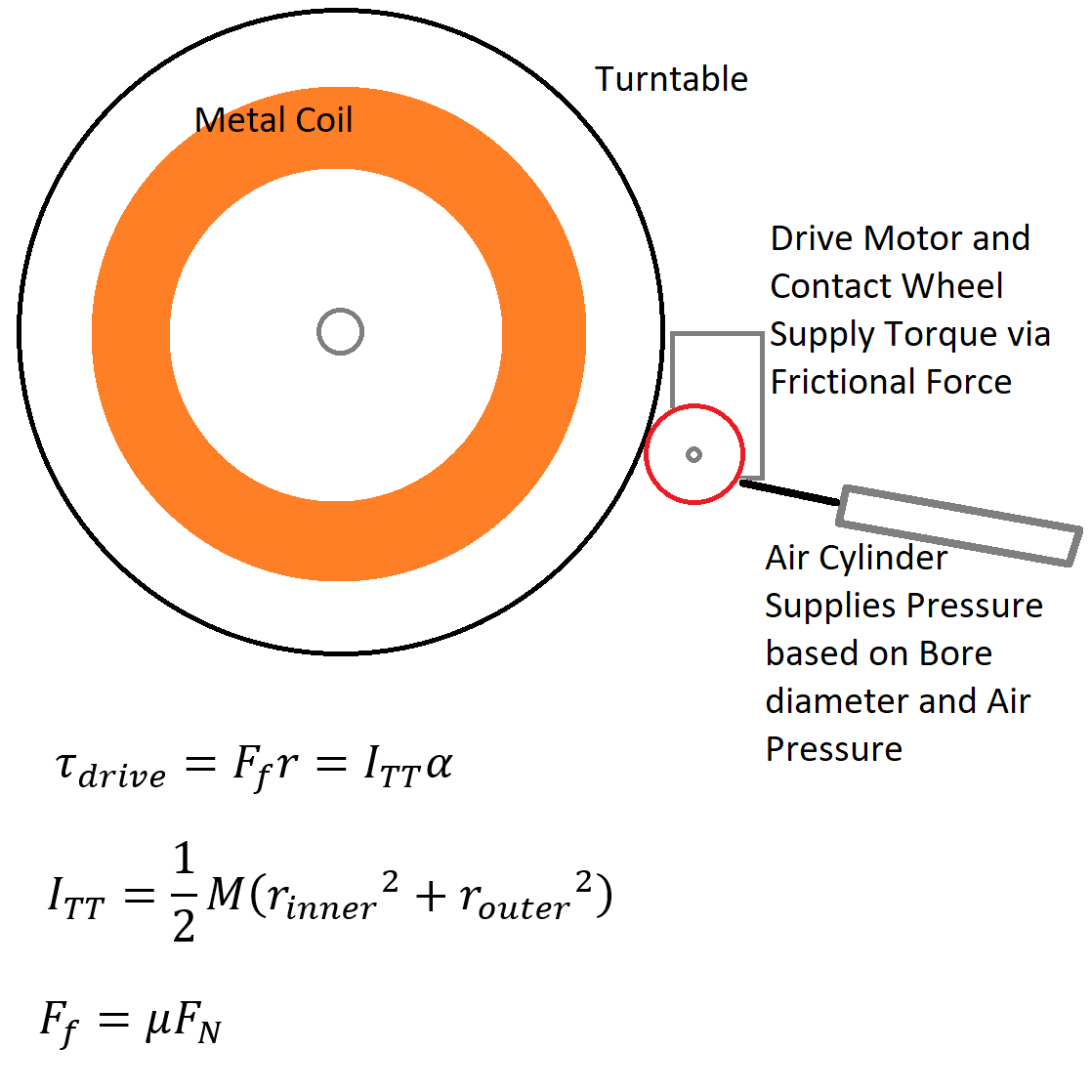
Discovering My Physics
My first avenue into Physics was theoretical and philosophical considerations, like the many-worlds hypothesis, and string theory. However, in high school I took Physics at the same time as I was becoming very involved in Martial Arts and Parkour. The implications were so interesting and applicable to those exercises, I became engrossed and read the entire Physics textbook in under a week.
I was hooked after that, and every movement in my exercises and every problem in my textbooks became intertwined from then on. As a Physics and Education major also, I was exposed to a lot of paradigm-breaking Physics teaching concepts, which solidified my understanding of Physics concepts and how to teach them. Fortunately, this all led seamlessly to my first job as an adjunct professor of sports physiology and martial arts.

Mechanics
One area I missed out on in my engineering upbringing was an appreciation for automobiles. My original interest in Physics grew out of Biomechanics, and for some reason, that curiosity just never reached beyond the hood of a car.
In graduate school I took a class on Automotive Dynamics, and it was really eye-opening. There were so many things I found that surprised me with the very direct and simple application of torque, rotational kinetic energy, and gear ratios. I really enjoyed that class.

Design Physics
Here, you can try to adjust some values I had to calculate and account for in a recent large project, the Industrial Powered Turntables.Grad School Class Report (Abridged)
Below, you can view a summary of a paper I wrote for my Finite Element Analysis class.
I really enjoyed this class, because it was a very thorough introduction to model simulations, and the mathematical theory behind them. In my current role as a manufacturing engineer, I use Solidworks Simulation Professional to analyze my designs for critical machine components. I especially enjoy a productive design study or shape optimization simulation!

